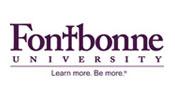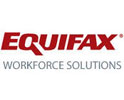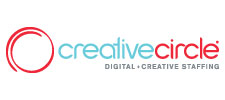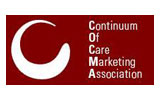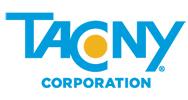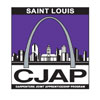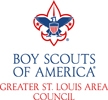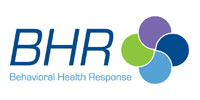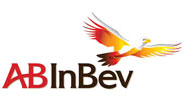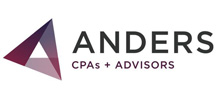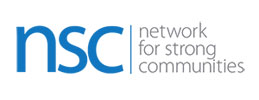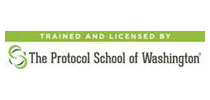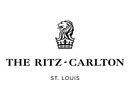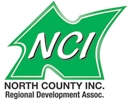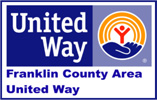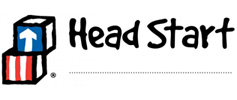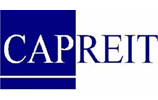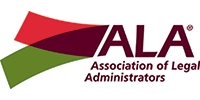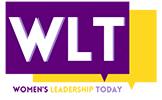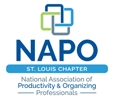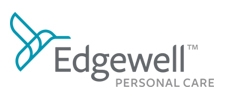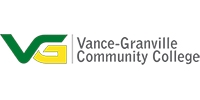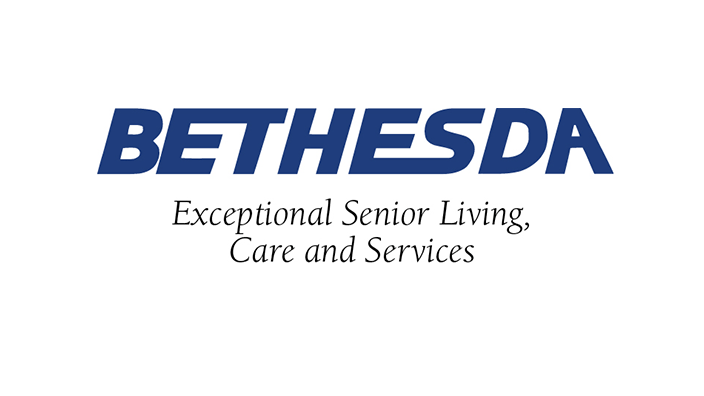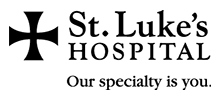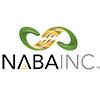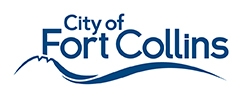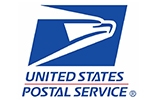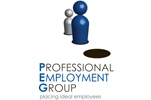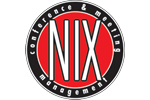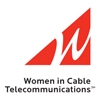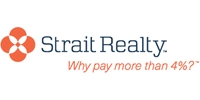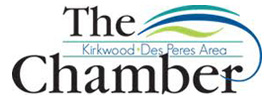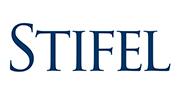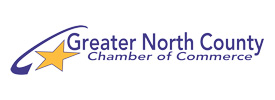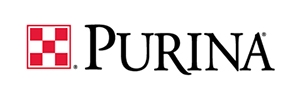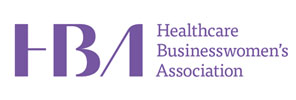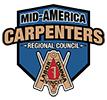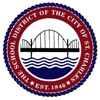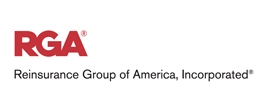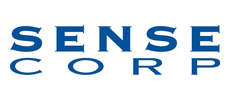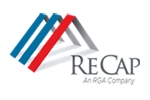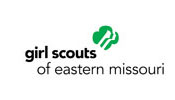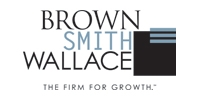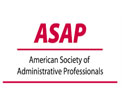
by Nancy Schnoebelen Imbs
published by American Society of Administrative Professionals
If you ask any executive assistant (EA) for advice in managing the details of a company’s board meeting, you’ll, undoubtedly, receive the same feedback: prepare, prepare, prepare. There are no shortcuts in this heavy-duty responsibility. An experienced EA recognizes that a seamlessly run board meeting is not only a reflection of her proficiency, it also showcases her boss’ commitment to the board as well as the company’s integrity.
From start to finish, the amount of work that goes into the detailed logistics of a company’s board meeting are aplenty – and exhausting. Among the many crucial elements there is none more important than clear, consistent communication in a coordinated, effective way to ensure the people involved receive the same information.
With preparation and communication top of mind, utilize these other planning tips to help navigate a successful board meeting.
Time Management: Knowing you must plan for a monthly or quarterly board meeting in addition to juggling lots of other job responsibilities will require keen time management. Take time each month to map out and prioritize your weekly tasks and allot appropriate time for each. This organized approach will give you a good monthly outlook and assist in top productivity.
Board Checklist: It’s helpful to create a board planning checklist. No detail is too small. You’ll want to share the list with your boss and board chair to ensure he/she has anything to add. There’s nothing more gratifying than to check off those “to do” items when completed!
Time, Date, Location: It’s likely your company’s board meeting will be held in the same location at the same time on a certain day of the month. Emailing this important information to board members is among the first planning steps expected of you.
Board Master List:Board members will want to receive a contact list comprised of fellow board members and key company executives. The contact list should include:
- Executive/board member’s name
- Company name/title
- Business address
- Business email
- Business/cell phone
- Home address (for holiday cards, etc.)
- Board committees they serve: Audit, Marketing, Finance, Executive, etc.
Board Packets: Within a week of the board meeting while working with your boss and board chair, send the board packet to all board members. The packet typically includes the agenda, reports from committee members, prior board meeting minutes, special handouts and anything else relevant to the meeting.
Email/Phone Communications: While planning for each board meeting, you’ll be responsible for maintaining the list of who can and cannot attend. It can be quite tedious to have to follow-up by email or phone several times to get confirmation, but this is an important responsibility. You’ll want to keep your boss aware of who’s attending, as a quorum will likely be necessary to conduct the board meeting.
Social Skills: As the “right arm” to your boss and ambassador of the company, shine in hospitality! Shake hands, smile, create small talk, hang up one’s coat and ensure everyone has what they need. These courtesies help set the stage for a professional start to the meeting and make attendees feel welcomed and valued.
Confidentiality: Just like a voting board member, it’s critical you maintain the confidentiality of any personal or sensitive information you receive at a board meeting.
Board Packet: Within a week of the board meeting while working with your boss and board chair, send the board packet to all board members. The packet typically includes the agenda, reports from committee members, prior board meeting minutes, special handouts and other correspondence relevant to the meeting.
Minutes: During the meeting, it’s often expected that the elected board secretary takes the minutes. Occasionally, EAs may serve as the minute takers. If you’re responsible for the minutes, take clear notes to accurately reflect the actions of board and other key information.
Meeting minutes should include:
- Date of the meeting
- Time the meeting was called to order
- Names of the meeting participants and absentees
- Corrections and amendments to previous meeting minutes
- Additions to the current agenda
- Whether a quorum is present
- Motions taken or rejected
- Voting-that there was a motion and second, and the outcome of the vote
- Actions taken or agreed to be taken
- Next steps
- Items to be held over
- New business
- Open discussion or public participation
- Next meeting date and time
- Time of adjournment
Technology Knowhow: Having a solid grasp on technology is an important skill an EA should master. Take the time to understand your meeting room’s technology including how to operate an electronic projection screen, window shades, or phone/video conference equipment. Many of today’s board rooms are equipped with state-of-the-art technology, and often IT personnel are available to assist with the setup. However, there’s nothing more impressive than knowing how to set up a PowerPoint presentation including making sure its connected to the internet and sound, if needed.
Refreshments: Ensuring the board room is stocked with water, soda and coffee is another task you’ll be charged with. Some companies also like to include sweets or light snacks for their board members. If the board meeting is held during lunch, you’ll likely be responsible for ordering lunch while considering any members’ dietary restrictions. It’s always a good idea to order extra lunches in case last-minute attendees show up.
Cleanup: Removing any board packets or other materials left behind, putting leftover food away (or sharing with fellow co-workers) and leaving the room in good condition are remaining details left on your board checklist.
Follow-up: Upon adjournment of a board meeting, there may be follow-up items you are responsible for sending to board members. It may be as simple as emailing a document, or it may be something your boss or other company executives must handle. Either way, you’ll want to ensure the follow-up is completed in a timely manner.
